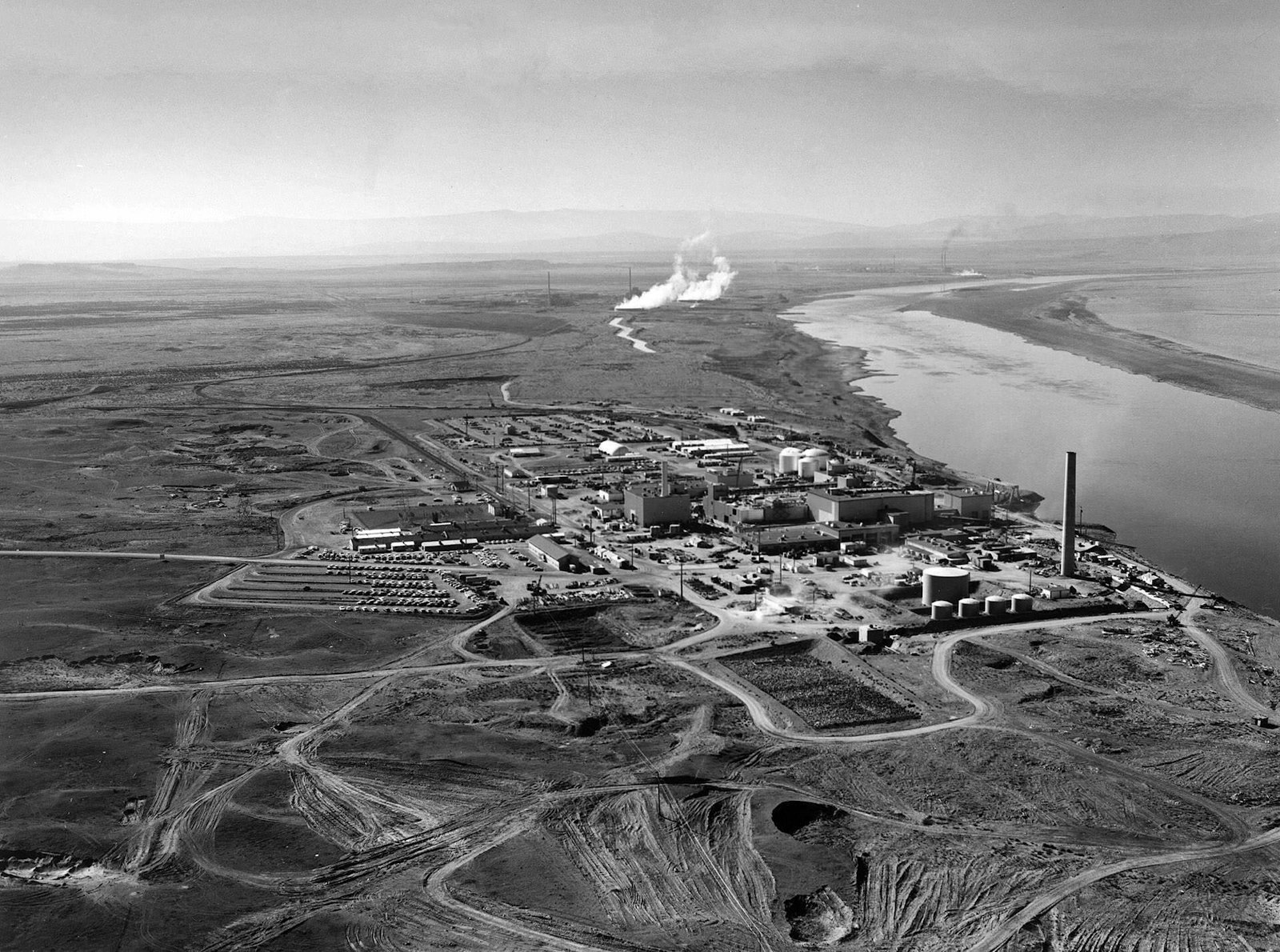
Manhattan Project National Historical Park
The park is composed of three separate sites, in Washington, New Mexico, and Tennessee, that each played a significant role in The Manhattan Project.
During World War II, the United States carried out a secret program called The Manhattan Project, which led to the creation of the atomic bomb. The Manhattan Project National Historical Park helps preserve this important time in history. Though the National Park Service and the Department of Energy are collaborating to provide as much access as possible, many areas in the park are not currently open to the public.
Located on the Columbia River, the main purpose of the Hanford Engineer Works was to create large quantities of plutonium. Some homeowners and Native American tribes were displaced to make room for the massive facility, once home to over 50,000 workers. Tours are offered regularly from April-September, but require registration by internet, phone, or in person.
The atomic bombs were designed and built in Los Alamos, through the efforts of more than 6,000 scientists and workers. There are three main areas of significance at Los Alamos including the Gun Site Facilities, where the 'Little Boy' bomb was designed, the V-Site Facilities, where parts for the Trinity device were assembled, and the Pajarito Site, which was used for additional assembly and research. There is currently no public access to DOE facilities, but walking tours are available in the town of Los Alamos.
The Oak Ridge Reservation in rural eastern Tennessee was an industrial complex and city home to over 75,000. This complex served as the headquarters for the Manhattan Project as well as a center for plutonium production and uranium enrichment. The three areas of interest in Oak Ridge include the X-10 Graphite Reactor National Historic Landmark, Buildings 9731 and 9204-3 at the Y-12 complex, and the location of the K-25 Building. These buildings were used for uranium enrichment, while the X-10 reactor produced plutonium. On weekdays June through August, the public can tour these sites via bus by purchasing an admission ticket to the American Museum of Science and Energy.
Park Updates
-
UpdateWomen’s History Fellow Crafts Collaborative Digital Exhibit